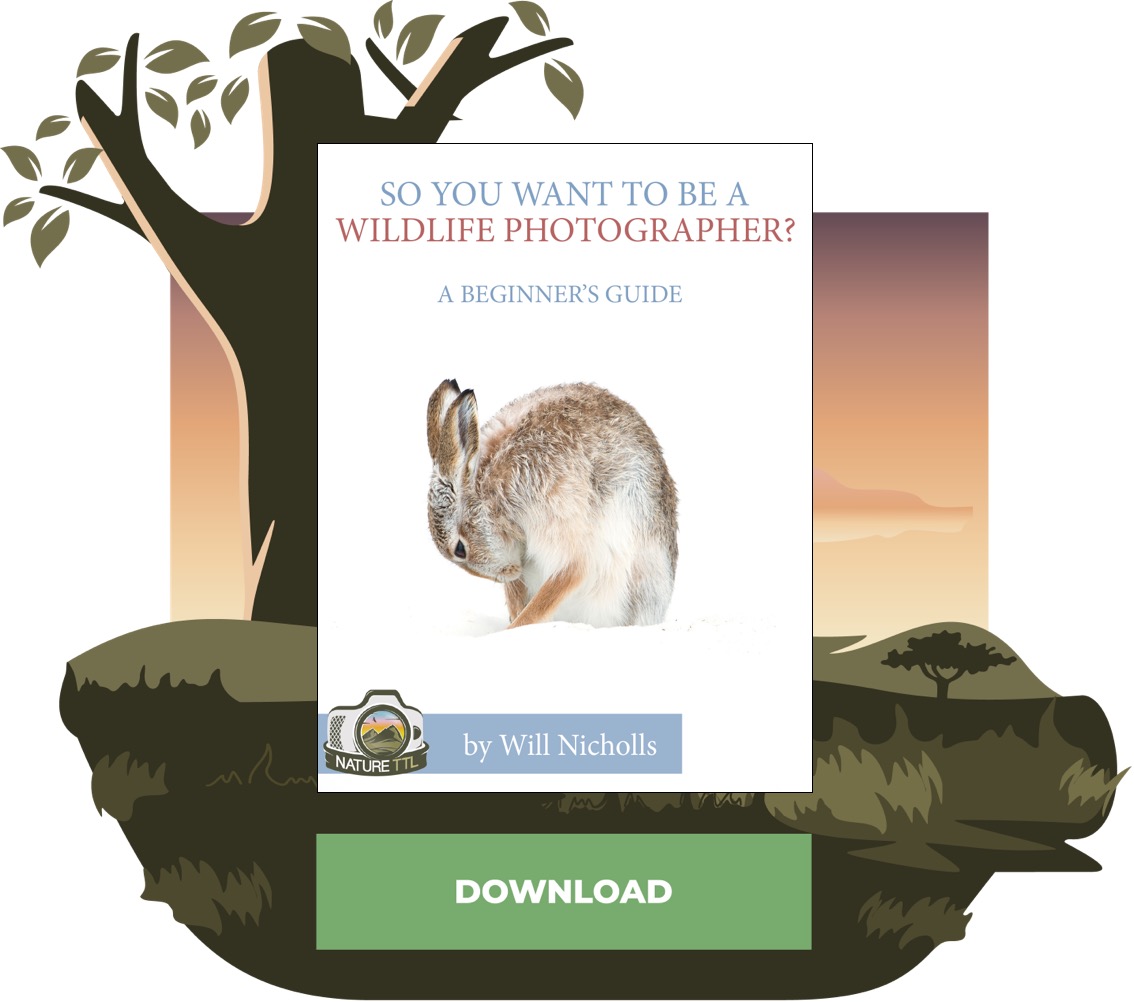Behind the Shot: Award-Winning Underwater Photography

In my photography, I am drawn to animal portraits and, even more so to images that show animal behaviour or tell a story.
I am particularly driven to use my camera in UK waters as our underwater wildlife is generally underrated, and there are many tales that have not yet been fully told. We have beautiful waters here, full of life, but this still isn’t widely known.



In order to take a successful behavioural photo, and tell the tale of our underwater wildlife, I feel that preparation is key.
It’s important to know about the species you want to photograph – where and when to find them, what their behaviour is likely to be, etc.
Time spent in advance doing this research is always time well spent.
There is, of course, a large element of luck as well, especially as we have limited time underwater. We’re always working against time, wanting to stay a bit longer with every dive (even in comparatively chilly Northern waters).

I had seen beautiful pictures from overseas of coils of eggs being predated by egg-eating nudibranchs and wondered if this shot could be recreated in UK seas. This was one behavioural shot I really wanted to capture, and would require some research.
I knew of the egg-eating species Favorinus branchialis, which feeds on the spawn of other sea slugs, but I had only seen this species on the reef, not in action, until a particular dive in Shetland, in the far north of Scotland.

Shetland has been a very productive location for me in the past, with waters rich in life and often offering better visibility than UK averages; 10m of visibility being common and more than 20m being likely.
The reefs tend to be packed with life, and I’d been lucky to see many interesting species such as lumpsuckers, curled octopuses, and the Northern crustacean I think of as “Shetland king crabs”.

I hadn’t planned to see Favorinus branchialis on this trip but was delighted when I spotted some.
When looking for sea slugs, which are far more colourful and varied than land slugs, it’s easiest to look for their food or eggs.
The eggs are often pale or white, in a pattern such as a tight coil or ribbon, and stand out well. The favoured food source varies widely between nudibranch species, so this is where the research I mentioned earlier comes in handy.
From sponges, hydroids and bryozoans, to sea pens and soft corals, find the food and you may well find a nudibranch tucking in. When I see a big egg coil, for example, I do often look for Favorinus branchialis.
To note, I apologize for relying on Latin names, but with a few notable exceptions, even regularly spotted UK species don’t have common names.
Even more confusingly, due to the recent focus on DNA sampling and testing of sea slugs, the Latin names regularly change as we learn more about interrelated species.

This is the first picture I took (above) when I initially saw the subject: a simple ID shot. I am unsure which slug had laid this big coil of eggs, but I recognized the Favorinus immediately. The bulbous white-tipped rhinophores are distinctive.
There were three separate individuals feasting away, one of which was also laying its own eggs – the simple white coil in the centre. Other animals such as tiny sea snails were also tucking in for a meal.
Interestingly, nudibranchs are simultaneous hermaphrodites: when mating, two individuals donate sperm to each other, and both can lay eggs.
The next challenge was to create a more artistically pleasing composition. I was near the end of my dive time and gas when I spotted the subject, so I had to work quickly.
The egg coil was several inches in size, so the challenge was to create a tight, simple composition.
Nudibranchs are not fast-moving as such, but like their land-based slug counterparts, once you try to focus closely, you realize they are moving much faster than you’d think. I selected two out of the three that were closely placed and tried to eliminate distracting details.

I was using a Nikon 60mm macro lens, which is my go-to for UK macro shots, with my Nikon D500 camera and Nauticam housing.
I do own a few macro lenses, but the 60mm offers the ability to focus closely (minimizing the amount of water between camera and subject, which is important for colour, contrast, and clarity), as well as being flexible enough to cover small as well as mid-sized subjects.
I had with me a couple of Nauticam wet close-up lenses I could use on my 60mm to get even closer and introduce a pleasing bokeh effect. However, as this was a relatively large subject, these lenses didn’t offer the shot I wanted.
For underwater macro, strobes are almost always necessary to introduce light, and I have a pair of Retra strobes. I tried to angle these inward to isolate just the eggs from the rocky reef background, which, with a bit of post-processing, was quite successful.

In the end, my favourite shot was a simple front-lit close-up with a tight aperture to retain the detail across the whole frame. For me, the eggs were as important a part of the picture as the slugs, so I filled the frame with them.
This approach also found favour with the judges of the Underwater Photographer of the Year competition, who awarded the photo the winner of British Macro in 2023.





